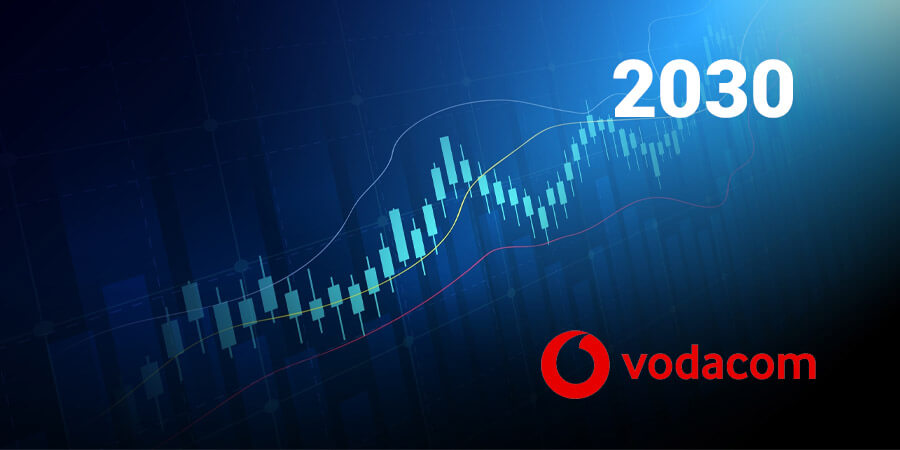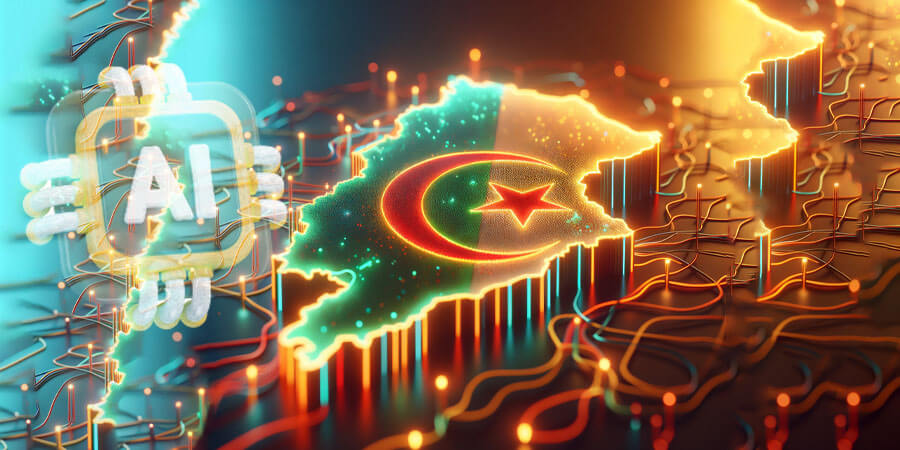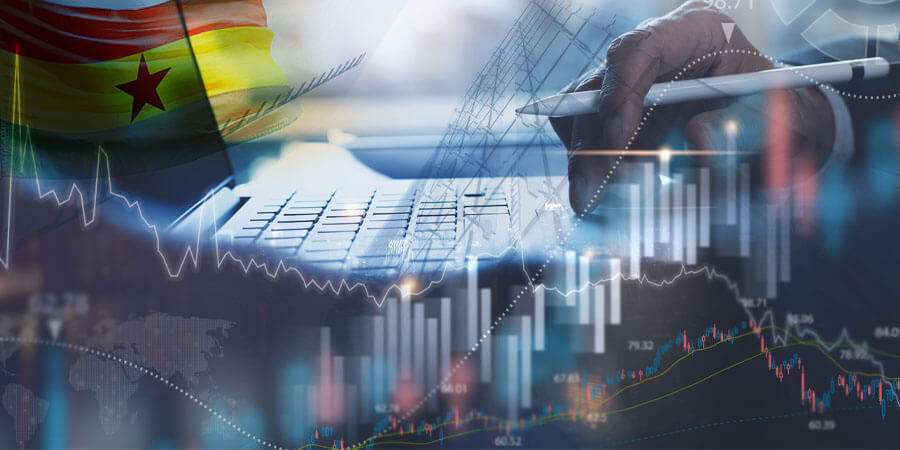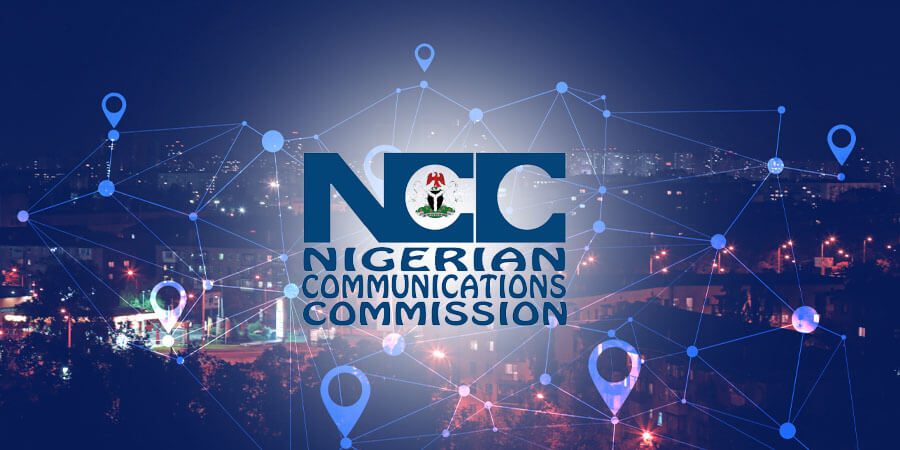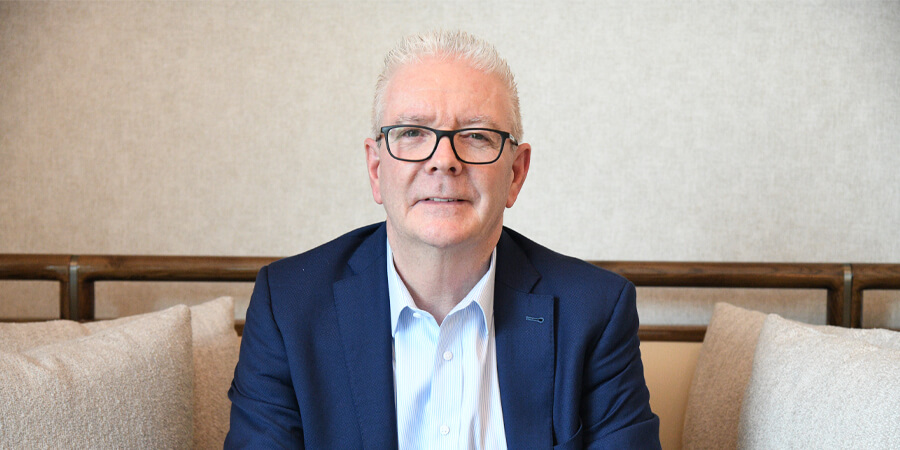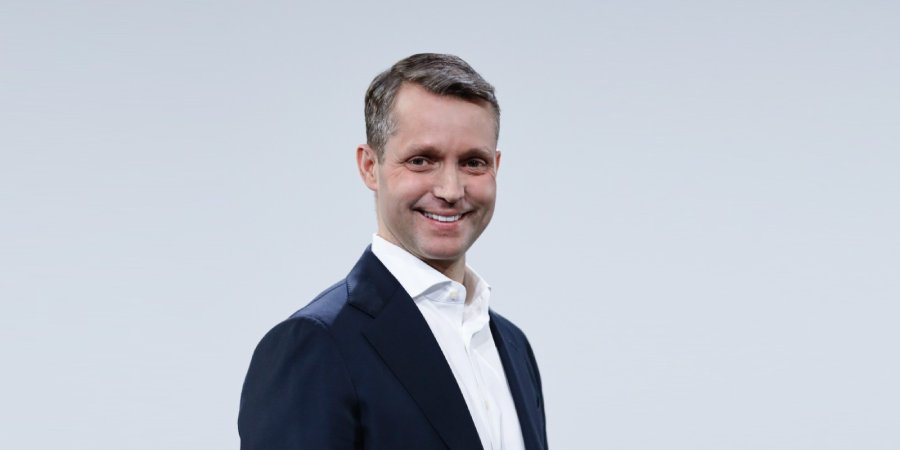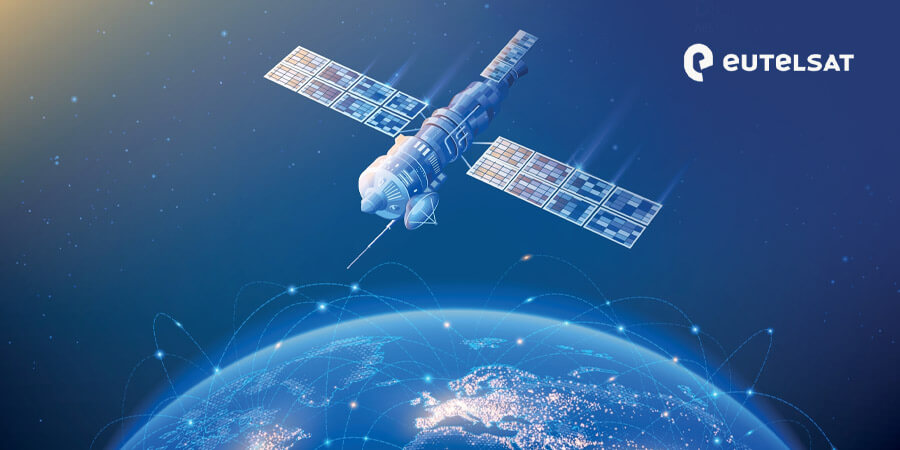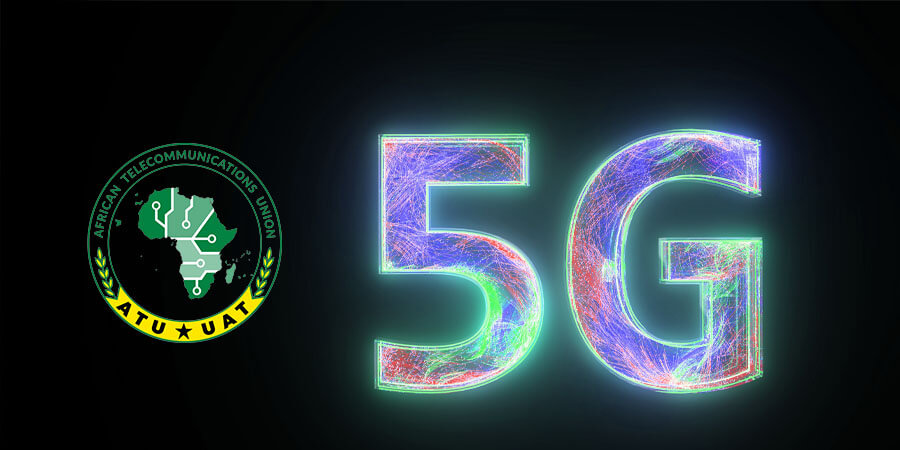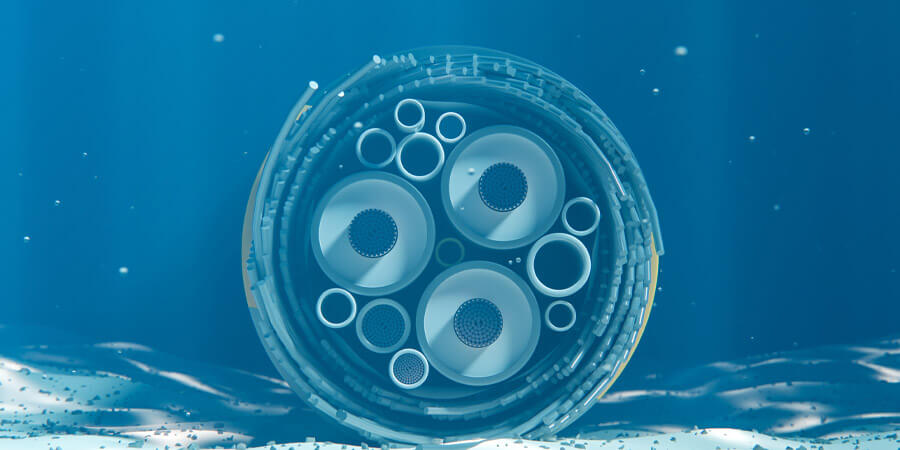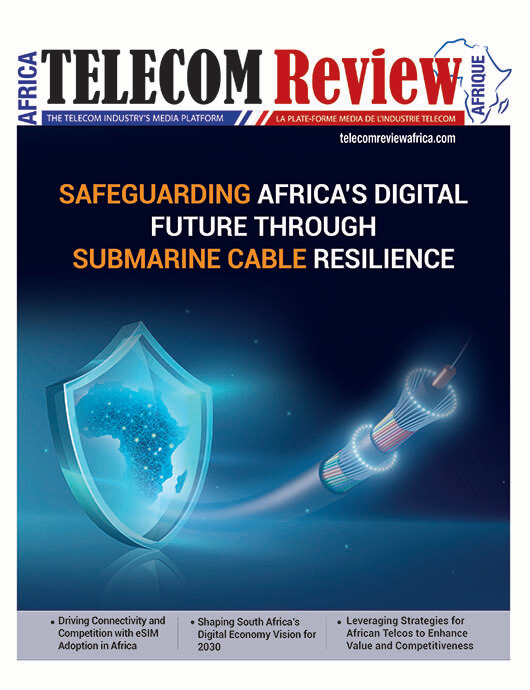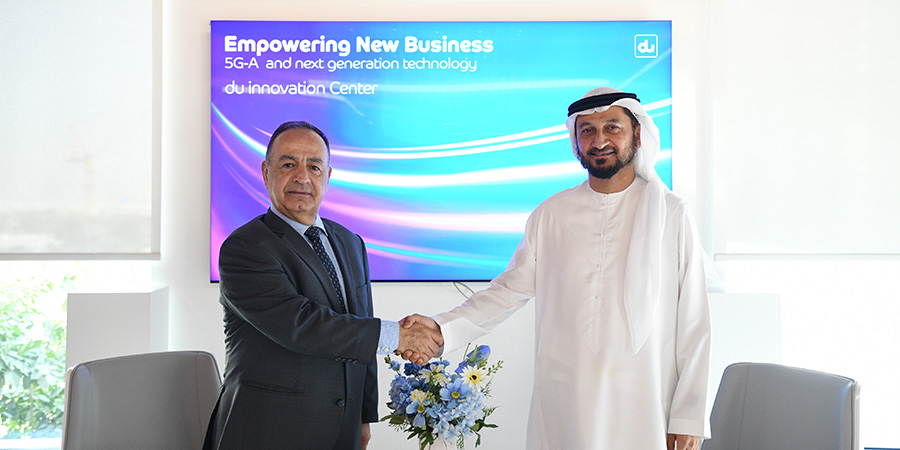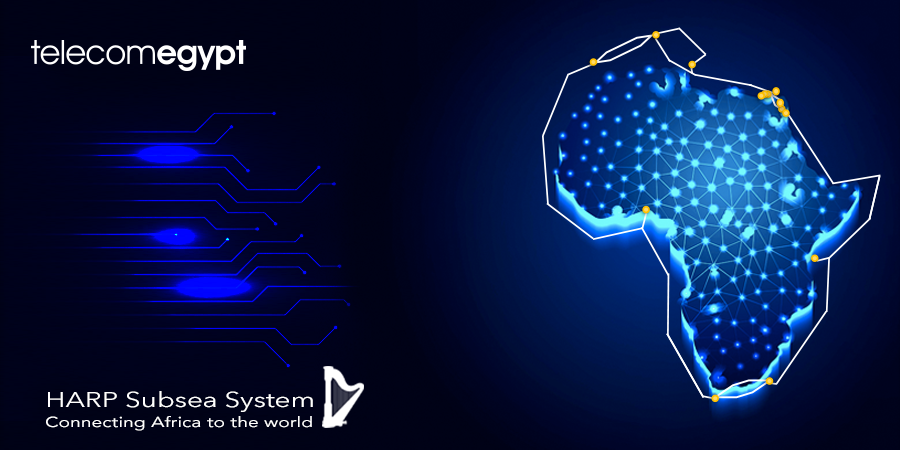Telecom Egypt, Egypt’s first integrated telecom operator and one of the largest subsea cable operators in the region, announces its plans to launch Hybrid African Ring Path (HARP) by 2023, a new subsea system that will outline the African continent, forming the shape of a harp. It will connect coastal and landlocked African countries to Europe through the company’s widespread terrestrial and subsea infrastructure. Through HARP, Telecom Egypt will offer a wide range of capacity solutions, up to dark fiber, based on a layer two and layer three architecture that can connect multiple points on the system to one another.
The system will connect Africa’s East and West bounds to Europe, from South Africa to Italy and France along the continent’s East Coast, and to Portugal along its West Coast. Highly reliable terrestrial routes will connect the landing points within South Africa, Europe, and Egypt, forming a complete ring around the continent. The HARP system will leverage its diverse and resilient subsea segments to branch out to multiple potential landing points.
HARP’s planned routes will cross the Sinai Peninsula in Egypt, with multiple ring protection topologies, and will extend to include premium routes on both banks of the Suez Canal. Sharm Elsheikh, located at the southern tip of Sinai, will serve as a new landing point and will be connected to coastal cities on the Gulf of Suez, forming a hybrid terrestrial and subsea fiber connectivity solution between landing points in Egypt.
Adel Hamed, TE’s Managing Director and Chief Executive Officer, commented:
“I am very proud of the upcoming launch of this new system, as it will provide seamless connectivity services to the African continent by integrating Telecom Egypt’s current and planned projects to offer end-to-end connectivity solutions. HARP will enable Telecom Egypt’s plans to establish open points of presence in various new locations in Africa and Europe to serve its enterprise and wholesale customers. It will also support the digital transformation efforts exerted throughout African nations, and expand the company’s international footprint.”





